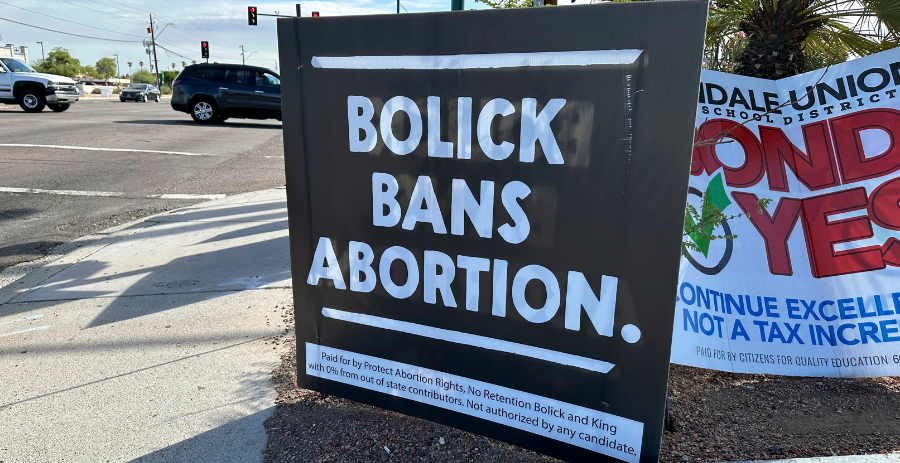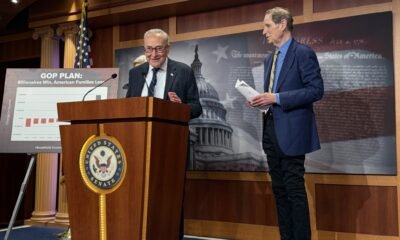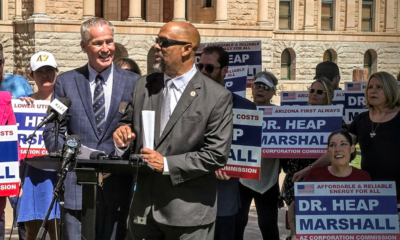2024 Election News
Judicial Retention: The Political Showdown of 2024

Judicial retention elections in Arizona have historically attracted minimal voter engagement. In recent years, the absence of advertisements, voting guides, and significant reform efforts has kept these elections below the radar. However, 2024 is shaping up to be different, as a new ballot measure and organized campaigns around two state Supreme Court justices are drawing noticeable attention.
Voters recently decisively rejected Proposition 137, which aimed to eliminate term limits for judges based on “good behavior.” The measure failed with 77.67% of voters opposing it. Meanwhile, Justices Clint Bolick and Kathryn King managed to secure retention despite facing campaigns advocating against them, receiving retention votes of 58.19% and 59.35%, respectively.
This year’s outcomes indicate a persistent status quo in Arizona’s judicial system. “Voters seem to want to maintain their voice in these elections,” said Timothy Berg, an attorney leading a Political Action Committee (PAC) advocating for the existing retention system. He observed that the campaigns did not significantly influence voter decisions.
The political landscape has shifted following a perceived increase in the “politicization” of retention elections, particularly after three judges in Maricopa County were not retained in 2022. In response, Republican lawmakers introduced a resolution that would limit when judges must stand for retention. Proposition 137 included stipulations for judicial review only in cases of felony convictions or other serious legal issues.
As the 2024 election cycle progressed, various groups mobilized around the retention race. Notably, PACs such as Protect Abortion Rights, No Retention Bolick and King sought to unseat the justices based on their votes supporting a historical abortion ban. Conversely, the Judicial Independence Defense PAC aimed to ensure their retention, while another group, Arizonans for an Independent Judiciary, advocated for all judges and the retention system itself.
Financial backing varied widely among the PACs. By October, the Judicial Independence Defense PAC had raised $530,000, while Protect Abortion Rights, No Retention Bolick and King managed only $17,477. This disparity in funding mirrored the level of visibility each campaign achieved, with the former dominating public advertising.
Grassroots organization Civic Engagement Beyond Voting introduced the Gavel Watch voting guide, advocating against Bolick and King’s retention. Co-founder Cathy Sigmon emphasized the team’s commitment to judicial accountability, highlighting the privilege of such oversight in the Arizona judiciary.
Although campaigns against the justices were tied to abortion rights, the statewide vote on the Arizona Abortion Access Act—which passed with 61.61% support—did not seem to sway opinions on judicial retention. Observers noted a clear distinction in voters’ perceptions: they supported the initiative but chose to retain the judges based on their judicial roles.
Efforts to oppose Proposition 137 reflected a collective apprehension regarding the proposed changes to the retention system. Despite mounting criticism, the measure failed dramatically, garnering almost 80% opposition. “This outcome should be a clear indication that moving away from the current system is not a winning strategy,” Sigmon remarked.
Berg underscored the message sent by voters in this election cycle. “Voters reaffirmed their support for the current judicial retention system, emphasizing its importance in maintaining judicial independence.” With significant attention drawn to these elections, the future of judicial retention in Arizona remains an area to watch.


















